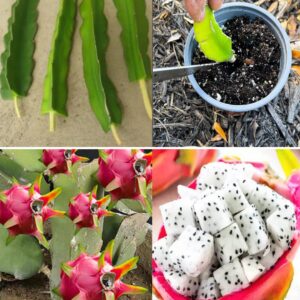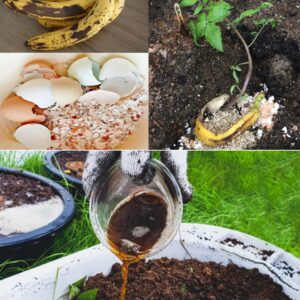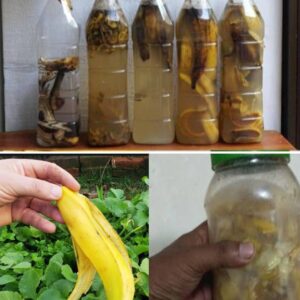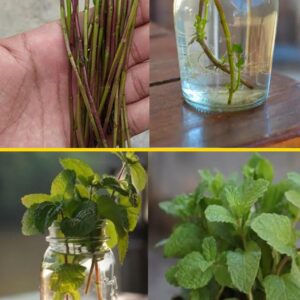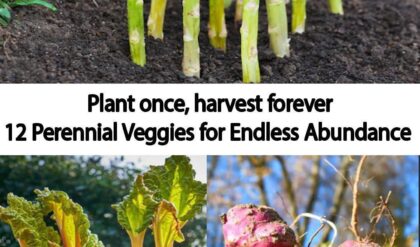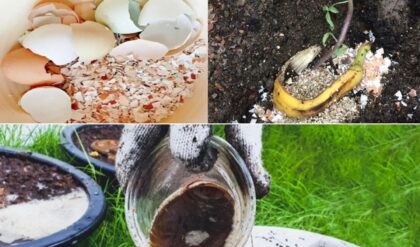Fresh mint is not only a delightful addition to culinary dishes and beverages, but it also brings a refreshing aroma to any space it inhabits. While it’s a wonderful herb to have on hand, growing it abundantly in containers requires a bit of know-how and care. In this guide, we’ll unveil the secrets to cultivating an abundant supply of fresh mint right in your own home using containers.
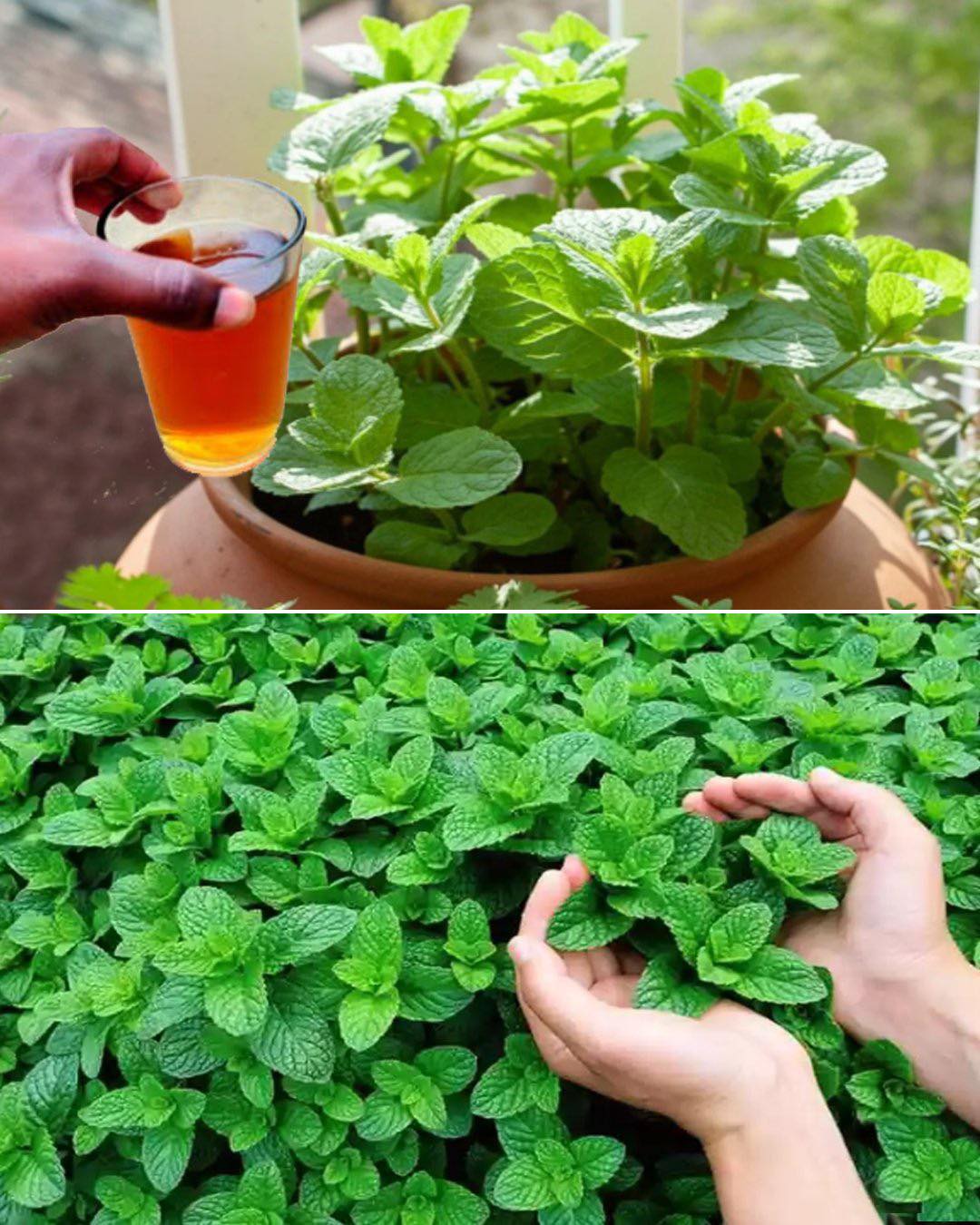
Choosing the Right Container
The first step to growing tons of fresh mint in containers is selecting the appropriate pots. Mint is a vigorous grower, so opt for containers that are at least 12 inches deep to accommodate its extensive root system. Additionally, choose pots with good drainage holes to prevent waterlogged soil, which can lead to root rot.
Selecting the Ideal Location
Mint thrives in partial to full sunlight, so place your containers in a spot that receives at least 4-6 hours of sunlight per day. However, in hotter climates, providing some afternoon shade can help prevent the leaves from scorching. If you’re growing mint indoors, place the containers near a south-facing window where they can soak up ample sunlight.
Using Quality Soil Mix
Use a well-draining potting mix enriched with organic matter to provide nutrients and support healthy growth. Avoid using garden soil, as it tends to become compacted in containers and may hinder root development. Mix in some compost or aged manure to enhance soil fertility and improve moisture retention.
Watering Wisely
Mint prefers consistently moist soil, so water your containers whenever the top inch of soil feels dry to the touch. Be careful not to overwater, as this can lead to root rot. Water deeply, allowing the excess water to drain freely from the bottom of the containers. During hot weather, you may need to water more frequently to keep the soil evenly moist.
Fertilizing Sparingly
Mint is a relatively low-maintenance herb when it comes to fertilizing. Too much fertilizer can cause excessive leaf growth at the expense of flavor, so apply a balanced, water-soluble fertilizer sparingly every 4-6 weeks during the growing season. Alternatively, you can top-dress the soil with compost or organic fertilizer to provide a slow-release nutrient source.
Controlling Growth
Mint has a tendency to spread vigorously, sometimes overtaking neighboring plants. To prevent it from becoming invasive, consider planting mint in containers rather than directly in the ground. You can also plant mint in a buried pot to contain its roots and prevent them from spreading uncontrollably.
Harvesting for Abundance
The key to growing tons of fresh mint lies in regular harvesting. Pinch off the top leaves and stems as needed, starting when the plants reach about 6 inches in height. Regular harvesting encourages bushier growth and prevents the plants from becoming leggy. You can harvest mint leaves throughout the growing season, but the flavor is best before the plants flower.
Troubleshooting Common Issues
Keep an eye out for pests such as aphids, spider mites, and whiteflies, which can occasionally plague mint plants. If detected, treat them promptly with insecticidal soap or neem oil to prevent infestations from spreading. Additionally, watch for signs of powdery mildew, a fungal disease that thrives in humid conditions. To prevent powdery mildew, ensure good air circulation around the plants and avoid overhead watering.
By following these secrets to growing mint in containers, you’ll soon be harvesting an abundance of fresh, aromatic leaves to enhance your culinary creations and enjoy refreshing mint-infused beverages all season long. With the right care and attention, your mint plants will thrive and provide you with an endless supply of this versatile herb right at your fingertips.
News
My grandpa taught me this trick to eliminate weeds in just 10 minutes with zero effort. Here’s how it works.
Weeds are the bane of every gardener’s existence. They pop up uninvited, stealing nutrients, sunlight, and space from the plants you actually want to grow. Over the years, I’ve tried all sorts of methods to keep them at bay—from pulling…
How to Grow Purple Dragon Fruit in 7 Easy Steps
Dragon fruit, also known as pitaya, is a unique and exotic fruit that has gained popularity in recent years for its vibrant colors and delicious taste. Among the various types of dragon fruit, the Purple Dragon Fruit (Hylocereus costaricensis) stands…
Plant once, harvest forever: 12 Perennial Veggies for Endless Abundance
When it comes to gardening, the idea of planting once and harvesting forever sounds like a dream come true. While annual vegetables require replanting each year, perennial vegetables offer a sustainable alternative, providing a continuous harvest with minimal effort. If…
10 Best Homemade Fertilizers for plants easy to find at home
In the pursuit of nurturing a flourishing garden, enthusiasts often turn to homemade fertilizers as a cost-effective and eco-friendly solution. Fortunately, many effective fertilizers can be concocted from common household items, offering a natural boost to your plants’ growth and…
How to make Banana Peel Fertilizer
Banana peels are a fantastic, eco-friendly resource for enriching your garden soil. Rich in potassium, phosphorus, and calcium, they provide essential nutrients that help in the growth and health of plants. Instead of throwing away your banana peels, turn them…
How to Grow Mint From Cuttings in Water – Step By Step Guide
Mint, with its refreshing aroma and versatility in culinary applications, is a beloved herb for many gardeners and cooks. It’s also one of the easiest herbs to propagate from cuttings in water. Whether you’re a seasoned gardener or a novice…
End of content
No more pages to load

